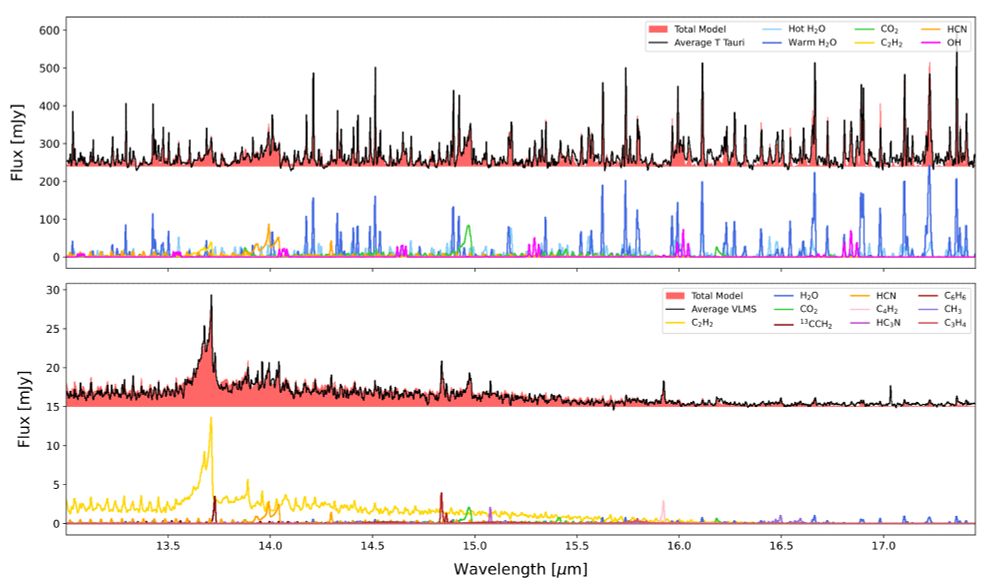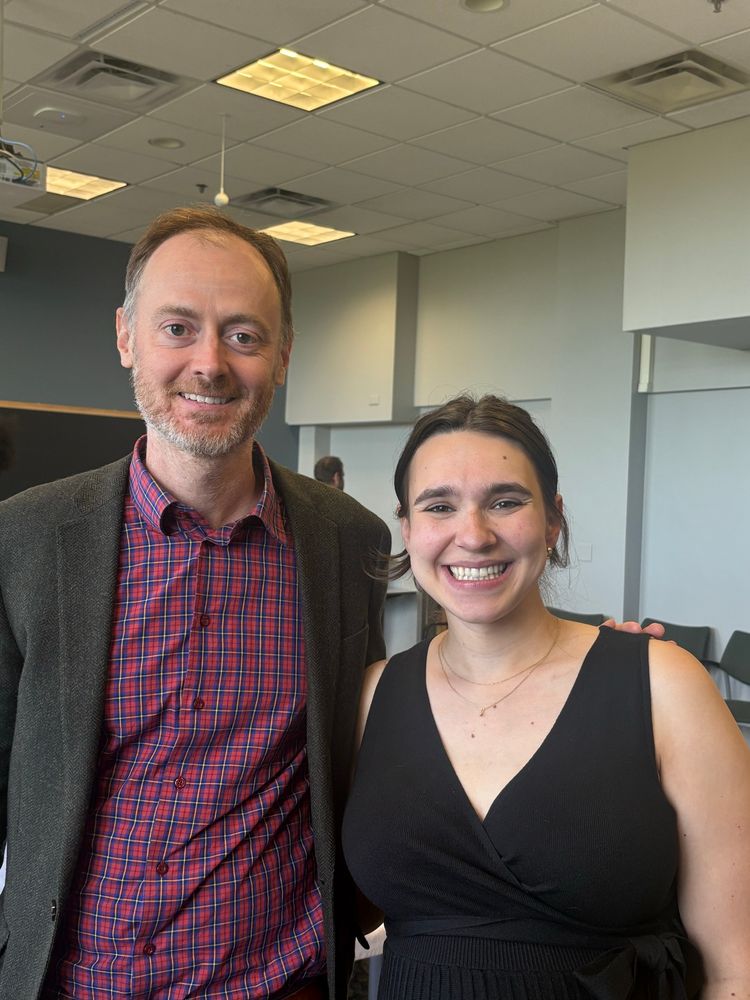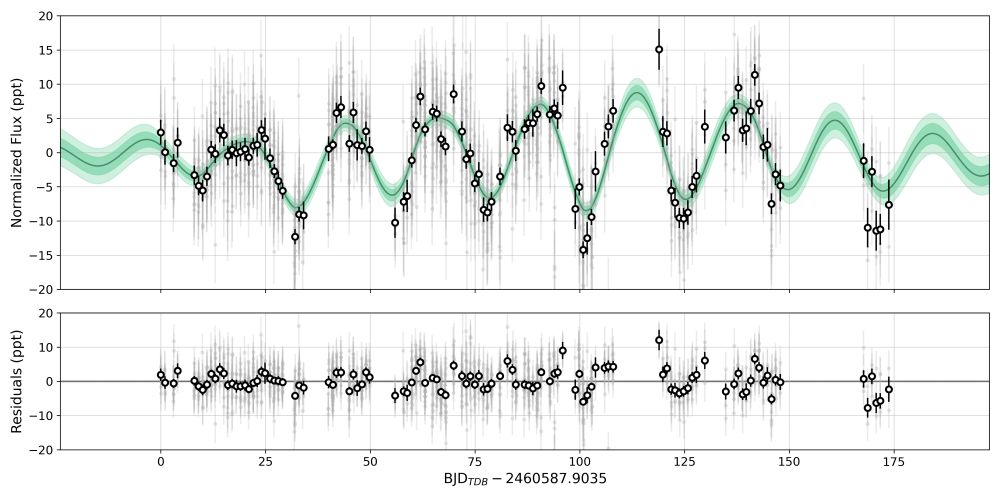Patrick Tamburo
@tamburo.bsky.social
150 followers
140 following
37 posts
Tierras postdoctoral fellow at the Harvard Center for Astrophysics.
https://patricktamburo.github.io/
https://sites.harvard.edu/tierras-observatory/
Posts
Media
Videos
Starter Packs
Reposted by Patrick Tamburo
Reposted by Patrick Tamburo
Patrick Tamburo
@tamburo.bsky.social
· Jun 16
Patrick Tamburo
@tamburo.bsky.social
· Jun 16
Patrick Tamburo
@tamburo.bsky.social
· Jun 16
Patrick Tamburo
@tamburo.bsky.social
· Jun 13
Patrick Tamburo
@tamburo.bsky.social
· May 15
Reposted by Patrick Tamburo
Chris Theissen
@philosicist.bsky.social
· Dec 23
Postdoctoral Scholar in Low-mass Stars, Brown Dwarfs, and Exoplanets | American Astronomical Society
The Astronomy & Astrophysics Department at the University of California, San Diego invites applications for a postdoctoral scholar to investigate the properties of low-mass stars, brown dwarfs, and ex...
aas.org
Reposted by Patrick Tamburo











